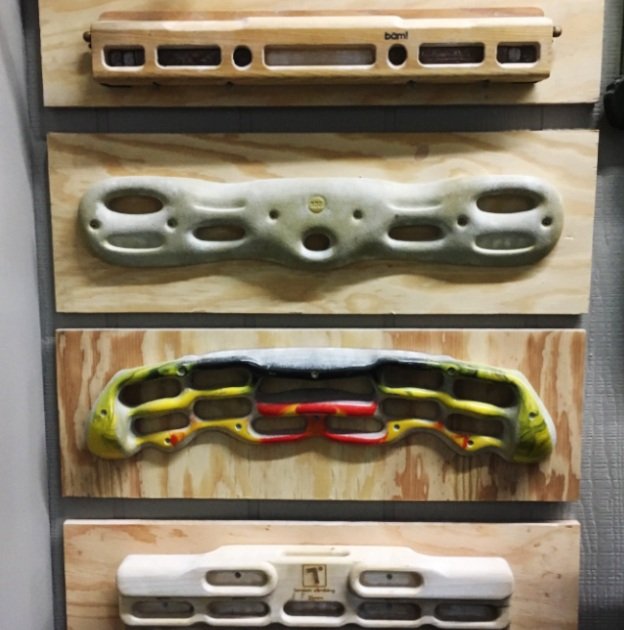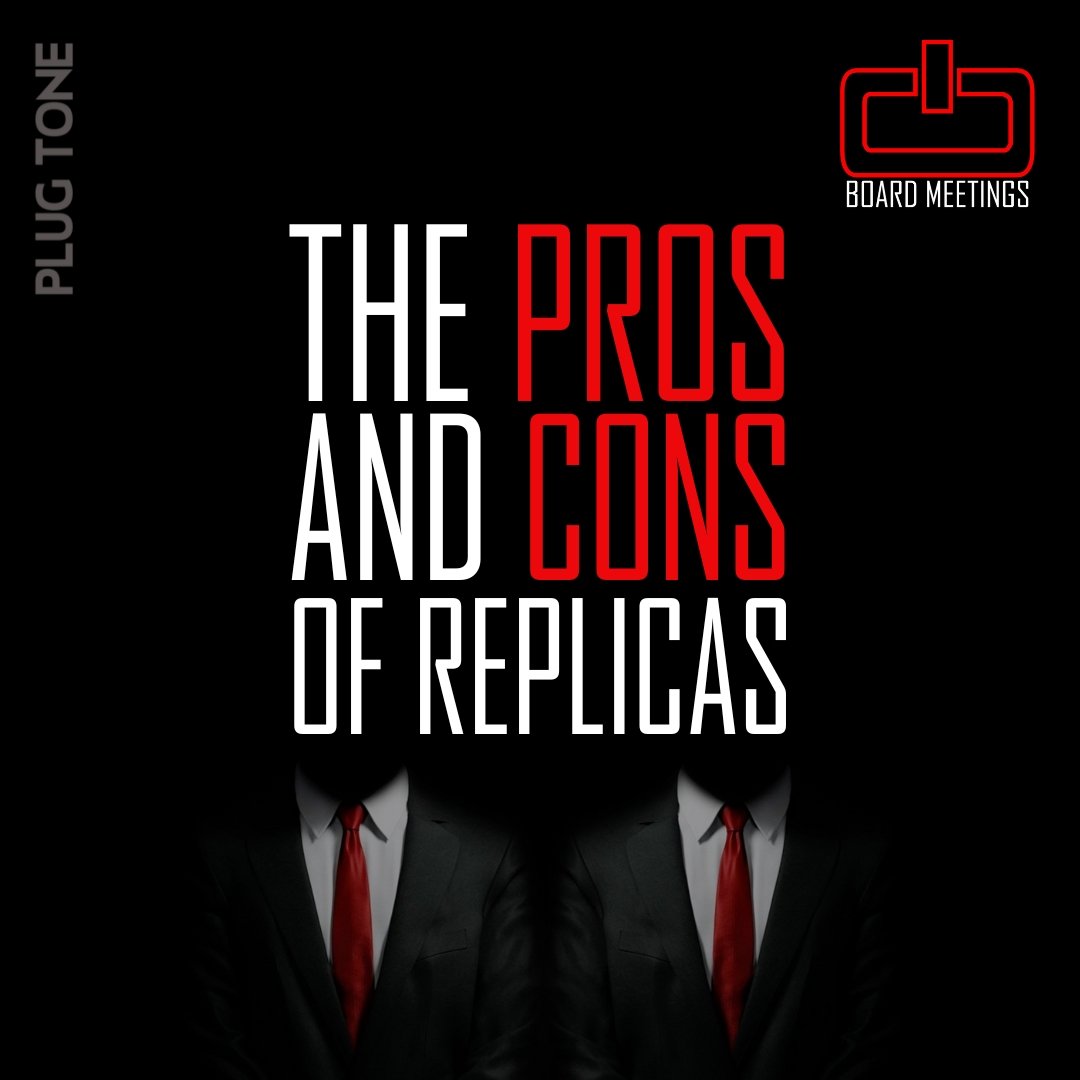The Specialist: Hangboarding with Ryan Palo
With this post I'm starting a new, regular section at The Power Company. "The Specialist" series will ask questions of climbers we can stand to learn alot from. I don't have all the answers... but we can sure as hell try and find someone who does.
In October of 2010, I sent one of the many super classic Kenny Barker 13b's that the Red has to offer. "No Redemption" was one of my most satisfying sends to date. I was finishing the day at a neighboring crag, and had just cleaned my draws off of an onsight of another RRG classic, "Hakuna Matata" (12a). Belaying my partner on a nearby line, I overheard someone direct a basic question about training to the guy now belaying under "Hakuna Matata". While at the crag I hear lots of chatter about training, most of it ridiculously misdirected, so I expected to hear something about one arm pullups, running 20 miles a day, or underwater Bikram yoga. Instead I heard an answer about anaerobic endurance that obviously was backed by a wealth of knowledge. Even more strange, the answer was sensible, and didn't seem to be quoted from a training book.

Ryan on "Shoot'em Up" 14b. Photo by Tara Reynvaan
Not long after, I recognized a face in a magazine as the guy I'd heard talking that day. Ryan Palo had just done another fingery nightmare of a hard route, and was wrapping up an extended roadtrip. I was surprised to learn that he was a working guy, though I suppose that explained the training knowledge. Everything I read indicated that Ryan worked hard to clip chains on the 20-some 5.14's he's done. That impresses me far more than another 14+ ascent by a random big name, full-time climber.
Leading into fall 2011, I received this message from Ryan:
Hey Kris,
I was surprised you listed bouldering as your number one as far as hypertrophy is concerned. To me hangboarding is far more specific than a boulder problem. It's hard to precisely define the actual difficulty in a problem. Far less controlled. Don't get me wrong, I believe bouldering should play an integral part in anyone's program. It's just that it's a bit closer to "complex" training than true hypertrophy.
I usually structure my program to include bouldering. It's just that it follows the day after my hangbaording. I just perform a bit better after some rest and bouldering leaves my hands a bit torn up.
Anyhow, just thought I'd share a bit.
Hope you've healed up well since your trip. Take care.
R
At the time, I had my reasons for making bouldering my priority, but this message did get me thinking. Should I be investing more time and focus on the hangboard and other sport specific exercises? Is it time to mostly move on from the "movement" training I'd been doing? When it came time to get myself back into the gym to get ready for the upcoming spring, I figured Ryan would be the best guy to consult about how exactly he uses his hangboard for the purpose of hypertrophy. After talking a little with Ryan, I've altered my training plan to try out some of his methods. He was nice enough to let me give you all the run down on our conversations.

Photo by Jason Karn for Metolius
For the purpose of hypertrophy, what's the maximum seconds you hang a grip before adding resistance? How many grips per set?
(Ryan) I try my best to simulate a crux sequence while hangboarding. Generally 6-7 moves long. So I do 6-7 reps per hangboard set. I think it takes around 7 seconds to latch, pull up, place my feet, and reach for the next grip. So I use a similar duration in my hangboarding.
Do you ever work grips that need decreased resistance, or just build up to being able to use them over time?
(Ryan) I've yet to take away weight while hangboarding. I didn't really start hangboarding and seriously training 'til I was already pretty fit. But most of my training has been on standard hangboards which really dont have terrible grips. I've been toying with the idea of building my own and experimenting with taking away weight.
Full crimp, half crimp, open handed? Do you train all of these?
(Ryan) The holds at my local areas really don’t allow the full crimp. They’re mostly rounded edges. So, I’ve never really spent time training it. For the most part I use the open position when grabbing holds. Not because I find it to be less injurious (it is), but because I find you can make more surface contact with the rock when using this position. My fallback is of course the half crimp.
How many hangboard sessions a week are preferred during a hypertrophy phase?
(Ryan) In a given week I’ll do 2-3 hangboard sessions. Usually three. Each session I do contains 14-21 hangboard sets. Which takes about 2 hours total with warm up and cool down.
At first I wasn’t able to take so much. My skin simply wouldn’t allow it. Over time I was able to add more and more as the super-compensation period decreased.
So anywhere from roughly 84-127 grips per session, right? Since you're simulating cruxes, do you rest between the 6 or 7 grips in a set?
(Ryan) I do rest between reps. Roughly 3 sec. I use a digital timer that displays milli-seconds. Really important for anticipating the start and end of a rep. I usually rest 2-3 minutes between sets. That's just enough time to retape, get my heart rate down, brush the holds, and chalk up.

"To Bolt Or Not To Be" 14a. Photo by Kris Taylor
Any one armed hangs? Or do you prefer to just keep adding weight? Is there a limit to the weight you'll add?
(Ryan) I've wanted to experiment with one arms for some time. The only reason I haven't done so is the time that would require. I'm a working man, after all. I usually stop using a hold once I'm comfortable with 40 lbs for a full set. I keep track of how I feel on each set. I try to keep the intensity around medium hard for regular hangbaording. I only go to 100% when doing one rep max hangboarding (Rule of 7). I find that my skin can't take it or I simply cannot complete the workout otherwise. It's hard to find that line, but I think it's important to stick to the routine.
Do you continue hangboarding into your anaerobic phases? If so, do you alter the workout?
(Ryan) Yes, but only for the first week. In the beginning of my cycle, I do mostly HYP activities, some max rec, and a little power endurance work. As the season approaches I taper off the HYP work. I used to adhere to a very strict regiment, where my sole focus was one phase for weeks on end. I found that my body had a hard time adjusting to the next phase.
For example, when it's time to transition to max rec I might incorporate some PAP activities, such as blending hangboarding with campusing. An example might be doing a single hangboarding set followed immediately by a few reps on the campus rungs. Rest 2-3 minutes. Then repeat 10-14 times. After I've fully made the transition to max rec, I'll dedicate a bit more time to bouldering and up the sets on the campus board. During the PE phase, I might do one or two small hangboard sessions a week throughout the phase. 7 sets vs the usual 21.
Ryan's Hangboard Log
In addition to the questions I posed, Ryan thought it pertinent to note that he uses an adhesive pre-taping spray and antihydral to save his skin during training. I've since tried both, and must admit that while the spray was a no brainer, I was skeptical of the Antihydral. Two applications and I'm sold. Skin had been a major limiting factor for me, and suddenly it's barely a factor at all. This guy is full of useful advice! Ryan also offers these helpful comments via his blog:
I usually add 5 pounds per week, starting with 10 pounds. I use the same weight through the whole workout. Just easier that way. I like my rests between sets to be relaxed. I find frantically adding and subtracting weight really takes away from the rest. If I can easily make it through the set with 35 pounds, I stop using that grip and move on to another.
Hangboarding Tips:
Use a stop watch. They're cheap and handy. (Note: Ryan advised me that he now uses a timer with milliseconds. He finds that being able to more accurately anticipate the start and stop of a hang lets you both try harder, and rest better.)Get a partner. Peer pressure goes miles.Make sure the hangboard is at an appropriate height. Having to stack pads to get to the grips really takes away from your rest periods.Clean the fucking hangboard. Even if this means buying the route setters a beer to do so. Hang weight from a harness. Avoid using a weight vest (I do use weight vests in other activities). I find that hanging the weight provides a lower center of gravity. This avoids the tendency to arch your back to keep the center of weight under the grip.Log your progress in a spreadsheet.Plan for high intensity and low intensity days.Always hangboard with your elbows bent. Save the straight arm business for when you really need it. This will help with the onslaught of tendonitis. Warm up properly. I usually warm up to the point were I'm ready to attempt maximum redpoint boulder problems.
If your bouldering isn't producing the progression that it used to, now's the time to dust off that unused hangboard and get to work. It's likely that you won't be sending any mono-horror shows like "Shoot'em Up" anytime soon, but you have to start somewhere, right?
Photo Credits: Thanks to Jason Karn and Metolius, and to the impressive photography of Tara Reynvaan and Kris Taylor.
Thanks to Ryan for questioning my training plan, and for answering all the ensuing questions. You can check out his entertaining blog at ryanpalo.blogspot.com.
































If everything you do is a finger workout, then when do your hands get a chance to recover?